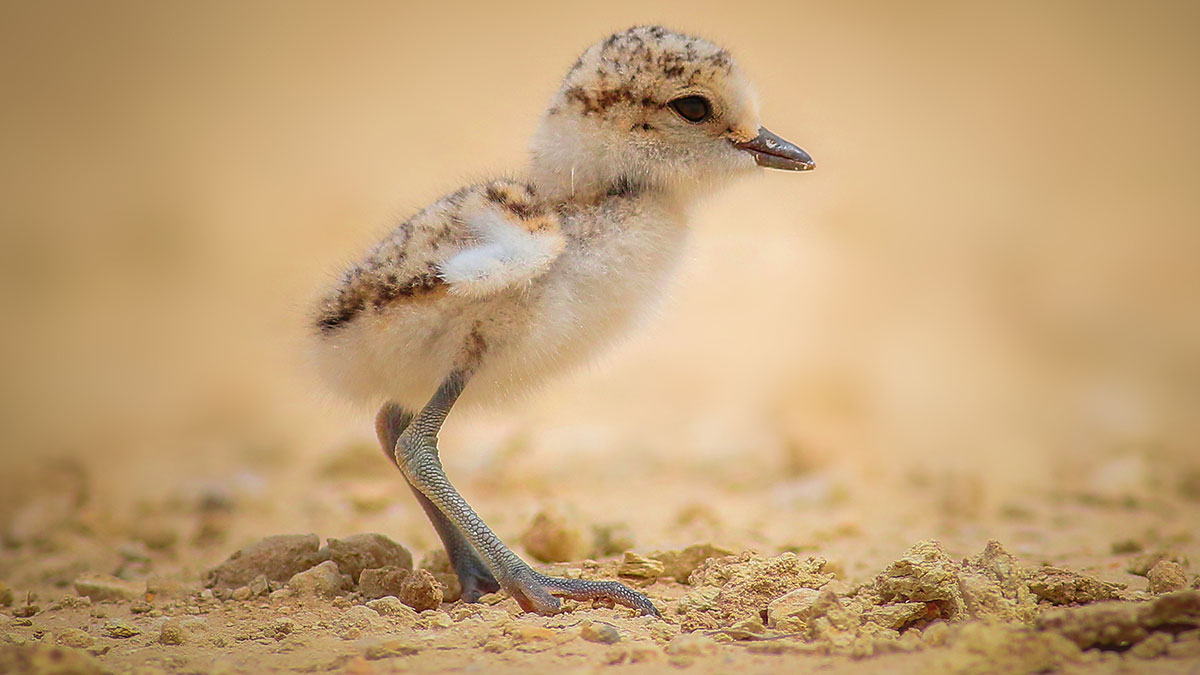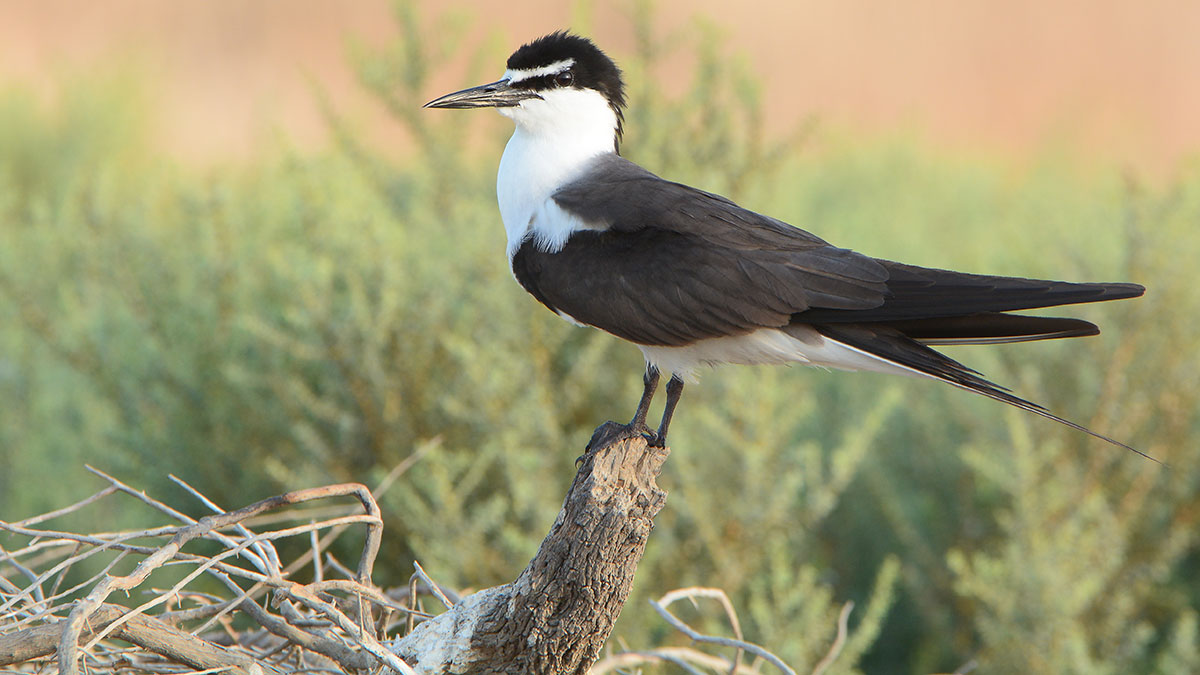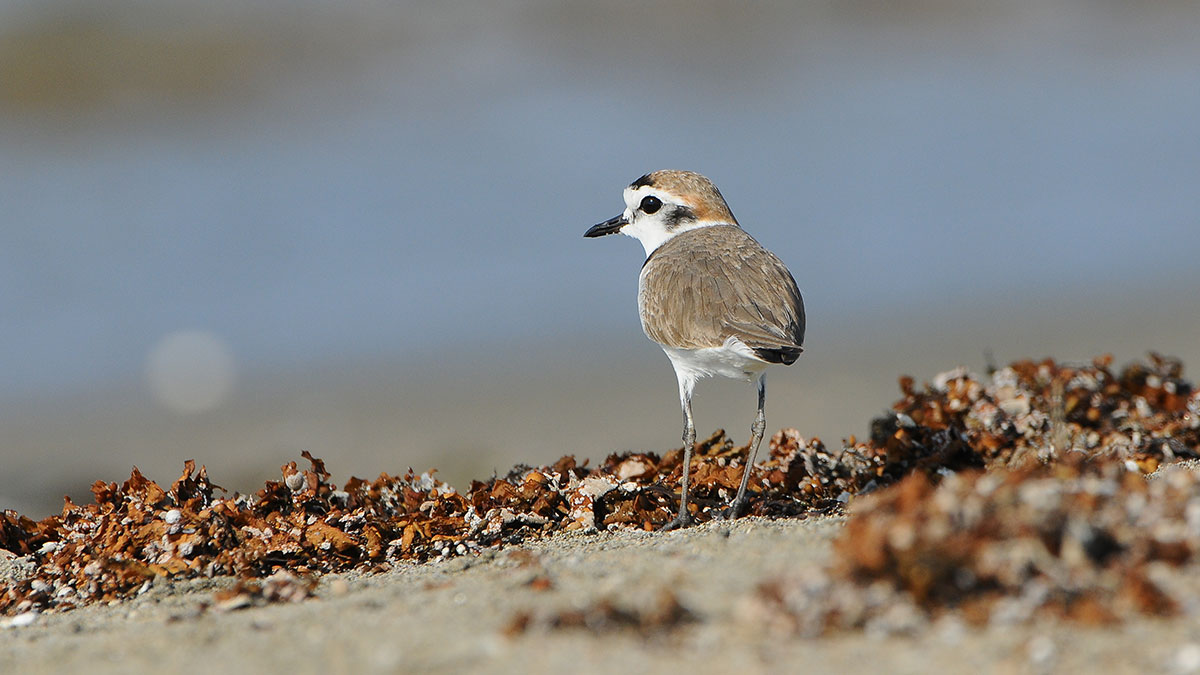Birds And Biodiversity
Play your part in protecting breeding birds
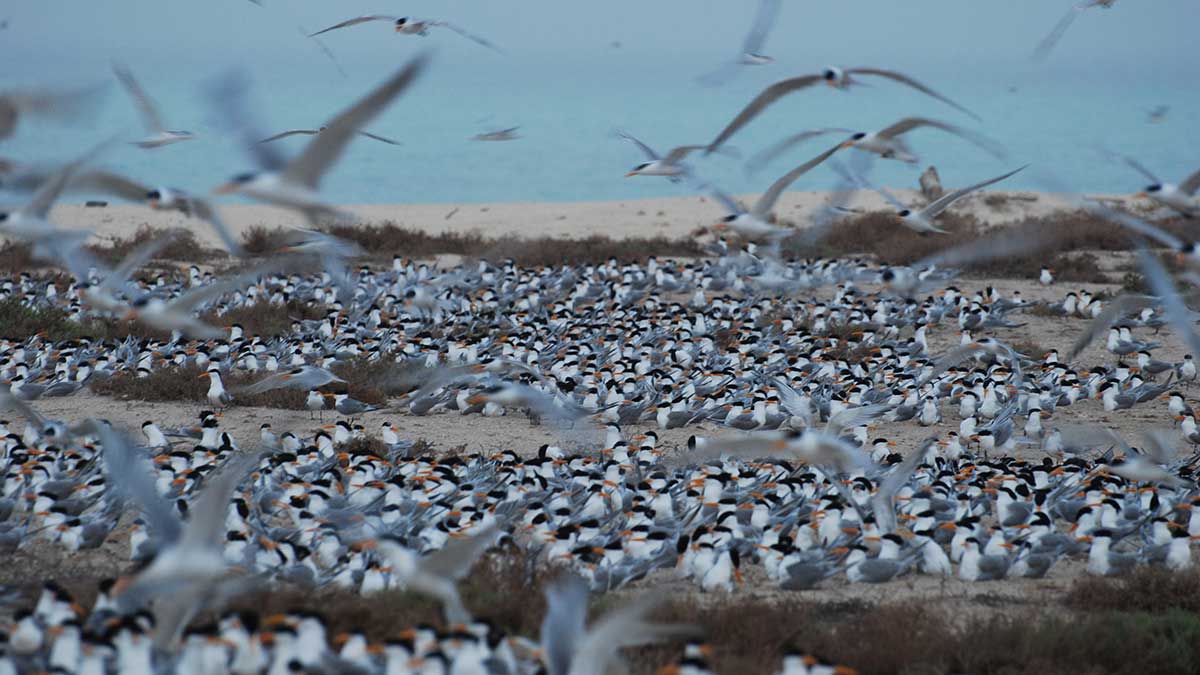
Global September 06, 2023
Fifty bird species are listed nationally as being of high conservation priority.
Our coastal feathered friends are nesting and need our help! As a good neighbor, we need to take measures to avoid disturbing them at this sensitive time. These birds often nest on the open beaches of the Kingdom’s coastline, offshore islands, and rocky outcrops, which happen to be the locations that people enjoy visiting to walk, dive, snorkel, and spend time with nature.
Many coastal birds are breeding at this time of year, either sitting on eggs to be hatched, or tending to young chicks that they constantly feed. In pursuit of our recreational activities and pastimes, we can inadvertently disturb these nesting birds, leading to reduced breeding success and increased predation of eggs and chicks.
Life on the edge
Many people are familiar with the spectacular sight of coastal birds taking flight and whirling in clouds above, but these birds live a life on the edge. Keeping their eggs and chicks cool is a high priority and constant challenge for these birds in temperatures that exceed 40 degrees Celsius.
If eggs are exposed too long without shade, they will be cooked from the scorching sun’s heat and never hatch.
Also, if young birds are not attended and shaded frequently, they may die from thermal stress. As a strategy to combat the heat, breeding terns will take a dip in the sea and return to the nest with wet bellies to cool off their eggs by up to 4 degrees Celsius.
Some of the best habitat in the Kingdom exists on company land. The biodiversity within our facilities has been protected from hunting, grazing, firewood collection, off-road driving, and illegal dumping.
We have effectively created biodiversity protection areas throughout the country, including the Arabian Gulf, to protect and restore biodiversity and threatened species in particular.
Among these species is the tern. While they superficially resemble small gulls, they are far more delicate in their build and are incredibly acrobatic, often seen diving from great heights into the sea to catch small fish. Another prominent species that nests in these areas is the crab plover, a striking black and white wading bird that is a priority species for conservation in the Kingdom.
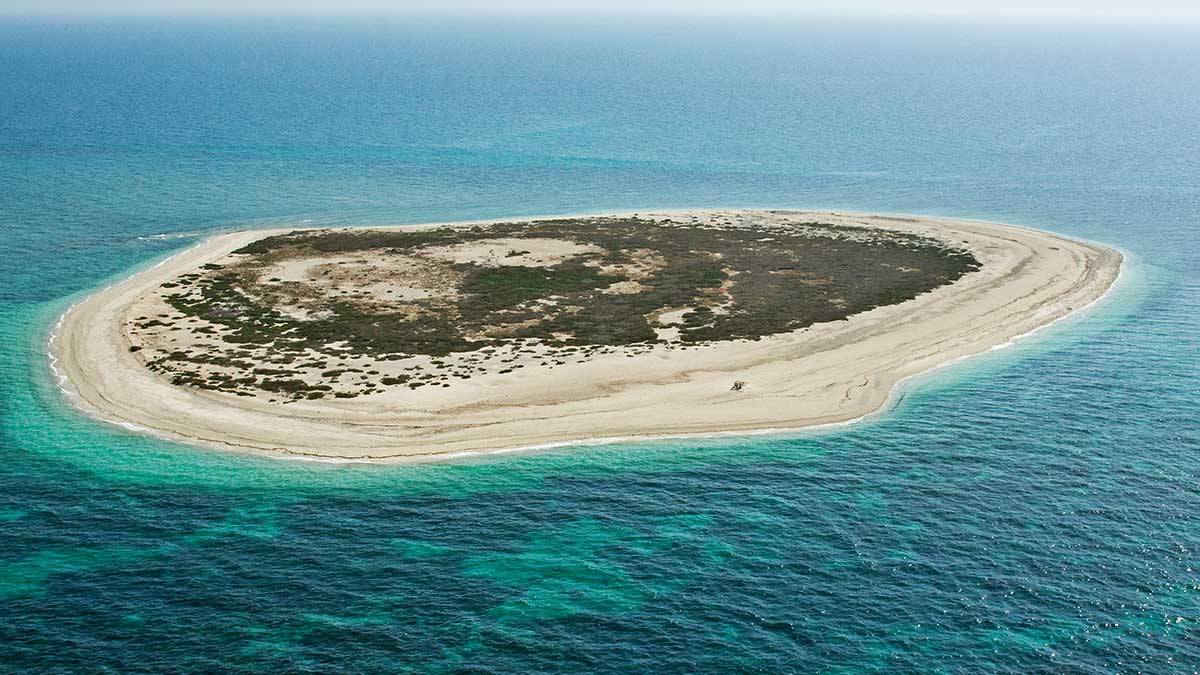
The following species breed every summer and congregate in large numbers on islands and coastal areas of the Arabian Gulf and the Red Sea:
• Lesser crested tern Thalasseus bengalensis
• Bridled tern Onychoprion anaethetus
• Swift tern Thalasseus bergii
• Saunder’s tern Sternula saundersi
• Gull-billed tern Gelochelidon nilotica
• Little tern Sternula albifrons
• White-cheeked tern Sterna repressa
• Crab plover Dromas ardeola.
During this time, if you are planning to visit offshore islands or remote coves and beaches, please remember that birds will be sitting on bare ground nests, hidden in crevices, burrows, vegetation, and rocky ledges. Often these nests and chicks are brilliantly camouflaged and very difficult to see. People can inadvertently pose a great danger to eggs or small chicks, as adult birds fly off when disturbed, leaving eggs or chicks exposed to the baking heat.
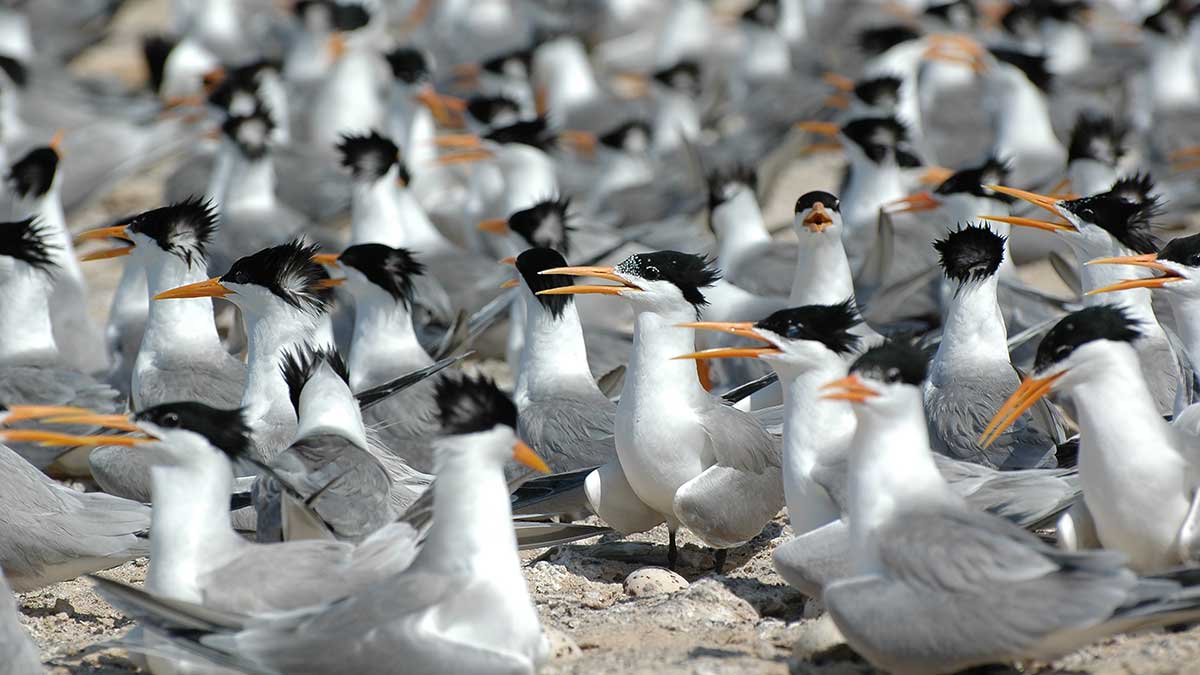
Don’t approach nests
While at such locations, try to keep noise to a minimum and walk slowly to avoid disturbing breeding birds. As tempting as it may be, please do not approach nests to take photos, as adult breeding birds will take to the air and dive at you to scare you off. Again, this will leave chicks and eggs exposed and in danger, and the action consumes energy that adult birds cannot afford to waste. Please also take litter home or dispose of it in litter bins.
The majority of coastal bird populations are declining due to habitat degradation and disturbances linked to anthropogenic activities. We all have a responsibility to protect breeding birds, their eggs and young ones. By reducing any disturbance to important breeding populations, we can help our feathered friends successfully breed and rear their young.
If You See
If you observe any conservation threats to breeding birds, kindly contact the Biodiversity Division (9th Floor, West), Al Midra Tower. Aramco’s Biodiversity Protection Policy (CP-45) and implementing GI 430.003 are important company milestones, adopted in 2021.
The policy articulates the company’s aspirations for a biodiversity and ecosystem services net positive impact on operational areas, and the GI provides the biodiversity governance framework for the company’s decision makers and organizations to integrate biodiversity considerations into its operations.
Caption for top photo: More than 10,000 pairs of white-cheeked tern nest on offshore islands in the Arabian Gulf. (Photo: Abdullah H. Alsuhaibany)
— By Mohammad Z. Islam, Simon Attwood and Edward Bradbrook
